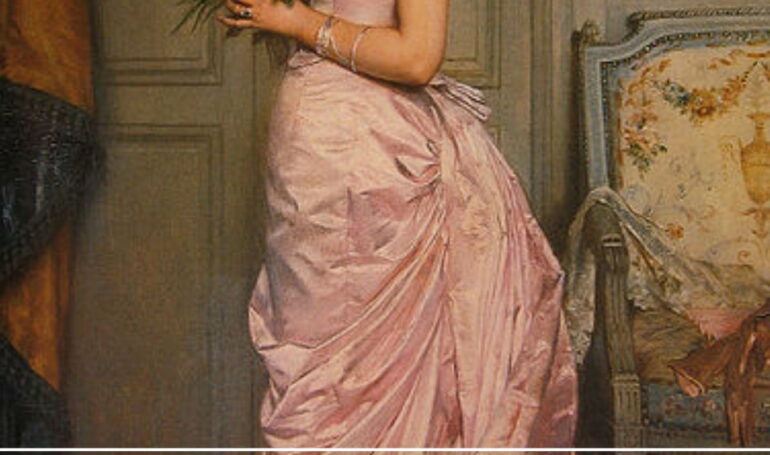
Reading of Anna Karenina and my thoughts thereafter
Happy families are all alike; every unhappy family is unhappy in its own way.
Lev Tolstoy, beginning of Anna Karenina
One of my biggest passions is reading. Ever since quitting medical practice, my schedule is more flexible, and I can allocate more time to it. I love to hold a real book in my hand, but the internet and e-books are marvels and I can be more productive with my time. In Chapel Hill, we live surrounded by woods and when it is raining, sitting in front of a big window and reading is a big treat.
I wanted to read Anna Karenina ever since I was in high school. However I heard many stories about how long and boring the book was. I still remember trying to read Gone with the wind, and quitting after a few pages. Couldn’t take it. But now was time to revisit my original project, and I got Tolstoy’s novel on my Kindle.
Then I found out the book by J Peder Zane, written in 2007. He asked 125 most prominent contemporary writers from Norman Mailer to Margaret Drabble about their favorite books of all times. Without going to more details, Anna Karenina came on top. This only enhanced my interest.
Anna Karenina was written in installments from 1873 to 1877. I read the 1901 English translation by Constance Garnett, and it was a project for me. Her English was more than 100 years old. Some of the words weren’t used today, some had different meaning, and quite often the syntax was antiquated. I used my Dictionary App and Bonnie’s help often. On top of it we were dealing with long Russian names, with given names, patronymic and family names transcribed phonetically. In addition, they were used in a particular way in different social context together with their genealogical titles. Since I know Russian, it was easier for me to follow the plot, but I understand how it can be confusing for an average reader.
I wished I could read this book while in Russia. I read James Michener’s Poland, knowing this country well. I read his Hawaii while on vacation in Maui. I read books about Italy while on vacations in that country. This adds up an extra layer to understanding and perceiving the author’s intentions. One seems to be in the middle of action. Just like reading a spooky mystery novel during a stormy, thundering night.
I was surprised and amazed at how complex the story was. Multilayered personal relationships, detailed description of everyday life in Russia and other countries almost a century and a half ago, complicated social interactions, international problems including participation in the war between Serbs and Turks, peculiar women’s position in the society, serfdom issues and so on and so on. Women going as nurses to serve on the battlefield, a movement initiated by Florence Nightingale, were portrayed. And even conversion of the person being a non-believer to Christianity was weaved in.
There are 11 different English translations, 16 movies made based on this book. A monumental work and a goldmine of ideas.
I will bring just a few of them in my next posts.
Related articles
- Reviewing a Classic: Anna Karenina by Leo Tolstoy (theroamingreader.wordpress.com)
- A Great Find: Anna Karenina By: Leo Tolstoy (leajurock.wordpress.com)
- Anna Karenina….. (penfans.wordpress.com)
- Take the Anna Karenina challenge (thepenguinblog.typepad.com)

Leave a Reply